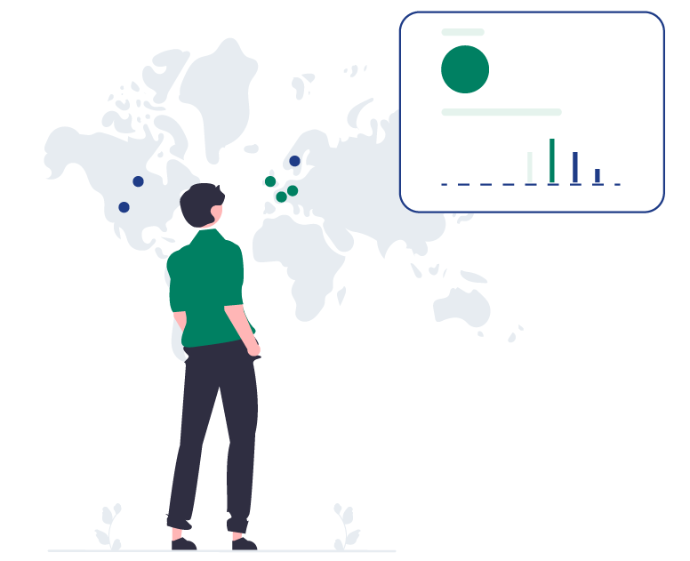On this page, you’ll find everything you need to fully engage with
the GIS Tool, an essential resource introduced in Phase 2 of the WattWorks participatory card game. After completing Phase 1, which focuses on raising awareness and building interest in sustainable energy, Phase 2 helps you take the next step by identifying suitable locations for energy production, specifically for ground-mounted photovoltaic (GM-PV) and Agrivoltaic (Agri-PV) installations.
The GIS Tool is a key resource in this phase, as it helps you assess land suitability and constraints for energy generation in your community. By integrating open-access geospatial data with community preferences, the tool supports you in making informed, sustainable decisions about renewable energy production, aligning with local goals and needs.

GIS TOOL
Discover the possibilities for your area
France:
https://qgiscloud.com/KIT_ITAS_Bioeconomy/France_GMPV_Agri-PV/
Belgium:
https://qgiscloud.com/KIT_ITAS_Bioeconomy/BelgiumQGIS_Cloud/
The Netherlands:
https://qgiscloud.com/KIT_ITAS_Bioeconomy/Altena_SuitabilityCloud/
Irland:
https://qgiscloud.com/KIT_ITAS_Bioeconomy/Irland_WebCQ/
Germany:
https://qgiscloud.com/KIT_ITAS_Bioeconomy/Emmendingen_WebCQ/
https://qgiscloud.com/KIT_ITAS_Bioeconomy/BadBergzabern_QGISCloud/
What You’ll Find Here
1. What is the GIS Tool?
The GIS Tool provides an innovative way to assess the suitability of land for renewable energy installations. It integrates open-access geodata with energy community preferences, focusing on key factors such as:
Food security
Nature protection
Landscape conservation
Public safety
Government regulations
This tool helps identify suitable locations for GM-PV and Agri-PV installations while considering local characteristics, constraints, and preferences. It allows energy communities to develop participatory scenarios that increase the knowledge and expertise of stakeholders working to boost renewable energy production in their region.
2. How does the GIS Tool work?
The GIS Tool follows a simple process to help energy communities identify the best locations for GM-PV and Agri-PV:
Enter Data: Access the tool online and input relevant data, such as geographical area, land use, and existing environmental constraints.
Evaluate Suitability: The tool assesses land suitability for energy production by considering factors like agricultural and ethical constraints, as well as environmental goals.
Generate Scenarios: Using the tool, you can create participatory scenarios that account for community preferences and various environmental and technical considerations.
3. Why use the GIS Tool?
The GIS Tool is critical for energy communities looking to integrate renewable energy while addressing land use concerns. It helps answer questions like:
Where are the most suitable areas for GM-PV and Agri-PV installations?
How can we balance energy production with agricultural productivity?
What solutions can be identified to overcome land competition between agriculture and renewable energy?
The tool helps communities identify optimal land for energy generation without compromising other important land uses, such as farming. By enabling dual land use, the GIS Tool promotes sustainable energy production and supports resilient energy communities.

How Energy Communities can utilise the GIS Tool
The GIS Tool is open-access and user-friendly, making it easy for energy communities to start using it. Here’s how you can get started:
Access the Tool: Open the GIS Tool via a web link and start exploring potential locations for GM-PV and Agri-PV within your region.
Evaluate Potential Sites: Use the tool’s interactive platform to assess the suitability of different land areas for energy production.
Provide Feedback: Share your input on the proposed criteria for land suitability. This feedback helps adjust the tool’s results, ensuring they reflect local preferences.
Customize to Local Contexts: The GIS Tool is flexible and can be tailored to fit the specific characteristics and needs of different regions and communities, ensuring its relevance across various contexts.
Work Independently: After receiving training from a Flying Expert, energy communities can use the GIS Tool independently to inform their land-use planning and decision-making processes.
